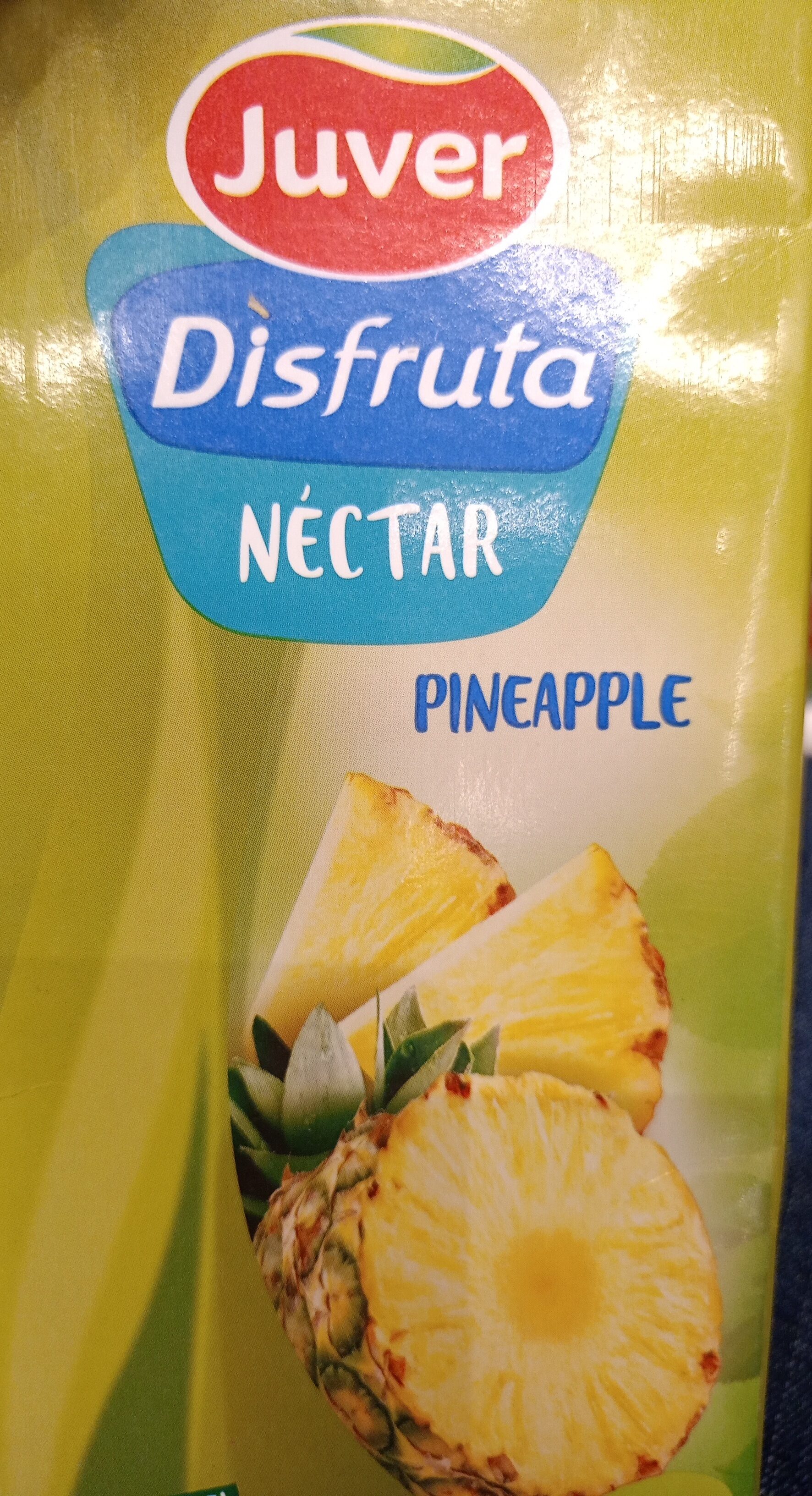Zumo Juver Disfruta Piña Brik 1L - 1 L
This product page is not complete. You can help to complete it by editing it and adding more data from the photos we have, or by taking more photos using the app for Android or iPhone/iPad. Thank you!
×
Barra-kodea: 8410707000203 (EAN / EAN-13)
Izen arrunta: Jus de fruit light saveur ananas
Kopurua: 1 L
Ontziratzea: en:Brick
Markak: Juver
Kategoriak: en:Plant-based foods and beverages, en:Beverages, en:Plant-based beverages, en:Fruit-based beverages, en:Juices and nectars, en:Fruit nectars, en:Pineapple nectars
Etiketak, ziurtagiriak, sariak:
en:FSC, en:FSC Mix
Manufacturing or processing places: Espagne
Matching with your preferences
Health
Osagaiak
Food processing
Gehigarriak
Ingredients analysis
Elikadura
Ingurumena
Carbon footprint
Ontziratzea
Transportation
Report a problem
Datuen iturria
Product added on by leregisseur
Last edit of product page on by foodless.
Produktuaren orria -gatik editatua autorotate-bot, inf, kiliweb, openfoodfacts-contributors, packbot, quechoisir, roboto-app, scanbot, tacite, yuka.UTRRdUNaWmErdG9Qa2NFUDBDTHMzTk40bTVDemNsdTFMUHNCSWc9PQ, yuka.V3BKZEt2ODRtTlpXbHNBMTV6RHV3b2dsL1ppS1dtKzFEYzBXSWc9PQ, yuka.WC9zbk9xa2crYWMycGMwd3B3dkxwZFpGbHIzd2JFT25NY1lWSVE9PQ, yuka.sY2b0xO6T85zoF3NwEKvlk56DcrdiGzKZxfukFbbl9KDBaH0ZfZs54_wEqs, yuka.sY2b0xO6T85zoF3NwEKvlkxNAuDBpBbqNDzmoWaPx4i-H5zNUOhPwq37Iag.






